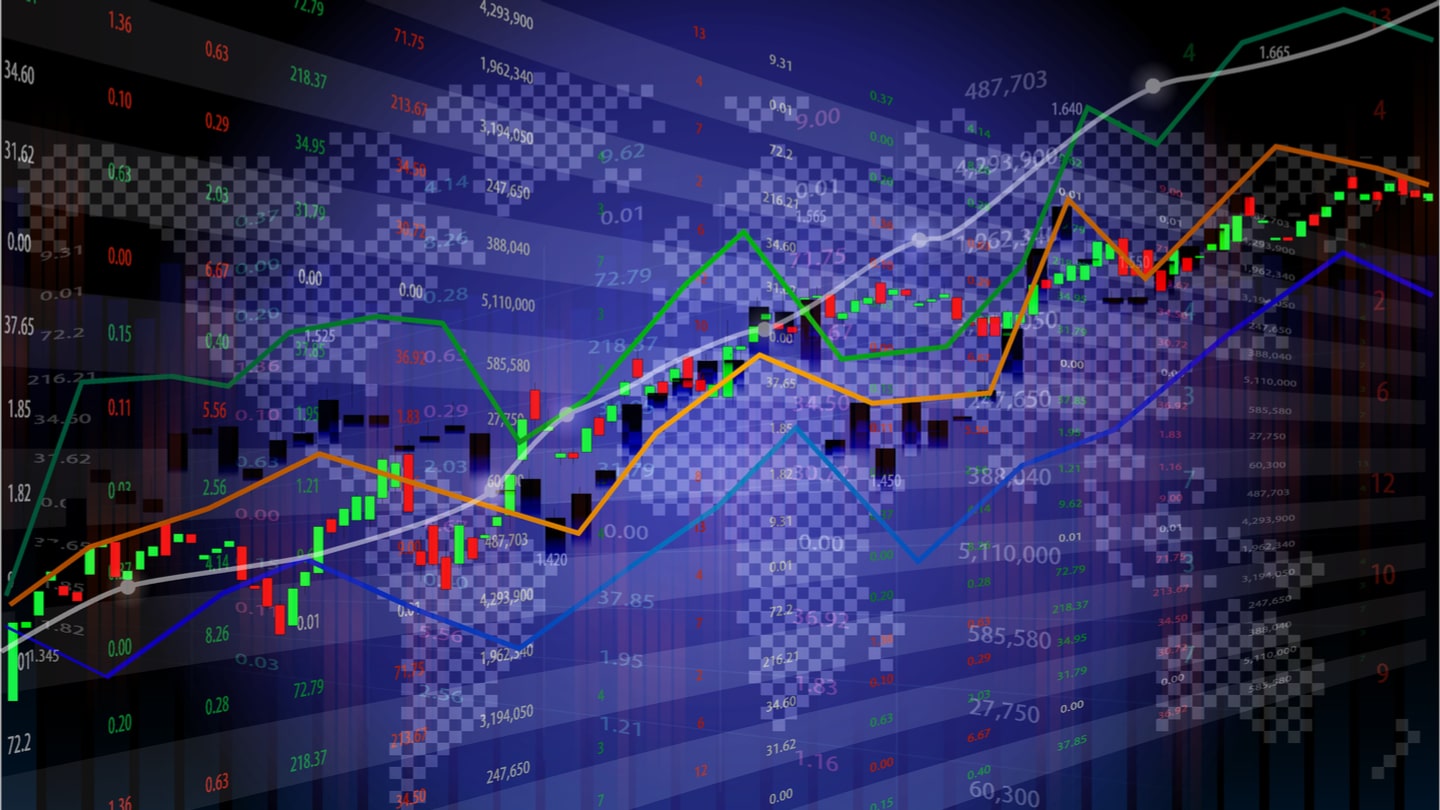The economy of Singapore is one of the most dynamic and advanced in the world. It has consistently been ranked as one of the top countries regarding economic freedom, competitiveness, and ease of business. This small island state has transformed from a third-world country into a global commerce, trade, and finance hub.
One of the critical factors that have contributed to the success of Singapore’s economy is its use of economic indicators. These indicators play a crucial role in shaping the decisions made by policymakers and investors alike. This article will discuss the impact of economic indicators on CFD (Contracts for Difference) markets in Singapore, examining how these indicators affect various aspects of the CFD market, including trading volumes, price movements, and risk management strategies.
Gross Domestic Product (GDP)
Gross Domestic Product (GDP) is a prevalent economic indicator, quantifying the overall value of goods and services produced within a nation’s boundaries during a specific timeframe. GDP is often seen as a barometer of an economy’s overall health, significantly impacting the CFD markets in Singapore.
Investors closely monitor the GDP growth rate, as it provides valuable insights into the economy’s direction. A robust GDP growth rate clearly indicates a thriving and expanding economy. It instils greater confidence in investors and fuels higher trading volumes in CFD markets. Conversely, a GDP growth rate that falls below expectations can introduce market volatility and dampen trading activity as investors exercise caution.
Changes in GDP can also impact specific industries, causing price movements in CFD markets. For instance, if the GDP growth rate of Singapore’s manufacturing sector exceeds expectations, it could increase the prices of CFDs for companies within that sector.
Policymakers also rely on GDP data to make decisions that can directly affect CFD trading. For example, a lower-than-expected GDP growth rate may prompt the central bank to lower interest rates, making borrowing cheaper for traders and encouraging more trading activity in CFD markets.
Consumer Price Index (CPI)
The Consumer Price Index (CPI) measures inflation that tracks changes in the prices of goods and services over time. Inflation has a significant impact on CFD markets, as it affects the purchasing power of traders and the economy’s overall performance.
High inflation rates can increase trading activity in CFD markets, particularly for assets such as commodities used as hedges against inflation. Traders may also adjust their risk management strategies, considering potential price fluctuations caused by rising inflation.
On the other hand, low inflation rates can decrease trading activity in CFD markets. Investors may become more risk-averse and avoid higher-risk assets such as equities, which are susceptible to price fluctuations caused by inflation.
CPI data also influences the actions of policymakers, who may use interest rate changes to control inflation levels. Changes in interest rates can significantly impact CFD trading volumes, as they affect the cost of borrowing for traders.
Unemployment rate
The unemployment rate measures the percentage of individuals actively seeking employment but cannot find a job. High unemployment rates can significantly impact CFD markets, directly affecting consumer spending and business confidence.
High unemployment rates may lead to decreased trading activity in CFD markets. Individuals with less disposable income may be less likely to engage in higher-risk investments, such as CFD trading.
High unemployment rates can also impact specific industries and companies, causing price movements in CFD markets. For example, an increase in the unemployment rate of the retail sector could lead to lower stock prices for retail companies, affecting CFD prices for those assets.
Policymakers also consider the unemployment rate when making decisions that can influence CFD markets. High unemployment rates may lead to interventions such as fiscal stimulus measures or changes in monetary policy, which can impact trading volumes and asset prices in CFD markets.
Trade balance
The trade balance measures the difference between a country’s exports and imports. A positive trade balance indicates that a country exports more than imports, while a negative trade balance suggests the opposite.
Changes in trade balances can significantly impact CFD markets in Singapore, as the country is heavily reliant on international trade. For instance, improving Singapore’s trade balance could increase investor confidence and trading volumes in CFD markets.
Trade imbalances can also cause fluctuations in asset prices within specific industries. A decrease in imports of raw materials, for example, may lead to higher prices for those commodities, affecting the prices of related CFDs.
Policymakers carefully monitor changes in the trade balance and may take actions to address imbalances that can impact the economy and CFD markets. For example, if Singapore’s trade balance deteriorates, policymakers may intervene by implementing policies to boost exports and address potential adverse effects on CFD markets.












